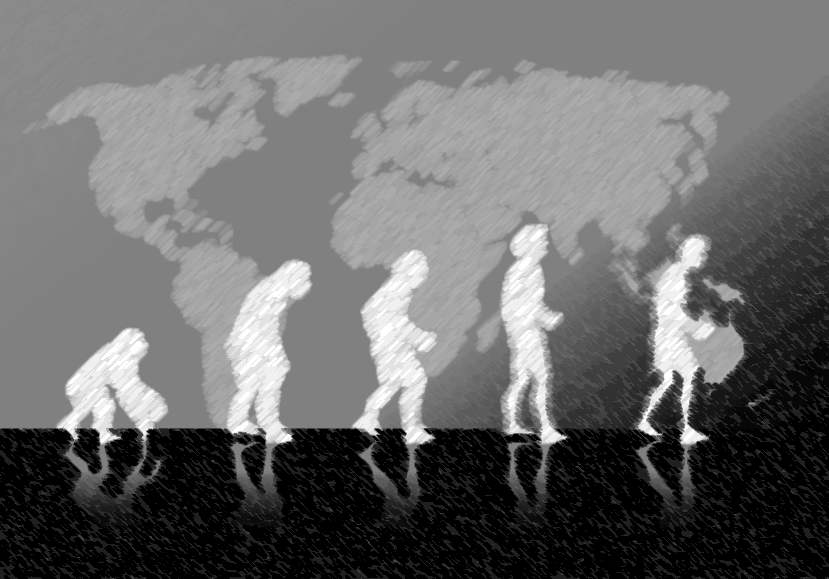Algorithms drive the world we now live in. Any search engine we use online will use an algorithm to determine the results that we see. You may already be aware that Google has an algorithm that decides what we see when we type words into its search box. But did you realise that pretty much any time you hit the search button algorithms are at work behind the scenes determining for you what you will see returned to you and in what order those items will appear? For example, when you place an Amazon order, or look for information on a review site such as TripAdvisor, in the background algorithms are plugging away hard at work to provide you with what you need.
What is an algorithm after all ? An algorithm is a strategy to find solutions to problems both big and small. Algorithms can be used both by computers and humans. In the following video, done by edTed David J. Malan explains the basics of algorithms.
Are algorithms used to meet businesses needs ?
Algorithms form the backbone of much that goes on in today’s world, but they have an interesting history. According to Christian Sandvig in their early days, a computer system in the 1960s was developed called Sabre. This system became the search engine that operated for agents being able to find flights for customers. It was built by American Airlines. Over time, people became suspicious that the system was rigged. Over even more time it seemed obvious to people that the system favoured American Airlines flights. The CEO of American Airlines, Robert Crandall, was called on to account for this to Congress. His response? The man said: “The preferential display of our flights and the corresponding increase in our market share is the competitive raison d’etre for having created the [SABRE] system in the first place.”
Or in other words, businesses put algorithms in place to suit them and to meet their needs. However, such activities can easily become more sinister. As Karrie Karahalios (2014) writing for the Technology Review explains, recently Facebook carried out a study that it was heavily criticised for that perverted the use of algorithms which shows how they could be used to manipulate people in ways other than getting them to click on certain links. The study tried to establish how the showing of positive or negative items more in newsfeeds impacted the way that people felt. As Karahalios notes: “The study showed that displaying fewer positive updates in people’s feeds causes them to post fewer positive and more negative messages of their own.”
This is termed “emotion contagion” and shows the worrying capabilities of algorithms to influence us in ways we may not even have imagined before this study became public. As Karahalios puts it and how many others felt, this was “disturbing” and not just because people can be manipulated in this way, but also because it shows the great power of algorithms and also the power of organisations like Facebook to undertake experiments like this that might be considered by some to be unethical.
According to Sandvig there are many legitimate reasons why people might want to know why algorithms work, but of course there are also many equally legitimate reasons that businesses may want to keep them secret. For example, if Google gave away how its algorithms for search worked then it would be a disaster for fair searches based on relevance of results presented because people would know how to manipulate the system to get their own content to the top. Meanwhile, if Google gave away this prized trade secret its competitors would be easily able to take on Google at its own game.
Algorithms have become an important part of our lives and algorithm awareness is important in considering what we see in search results and on feeds for social networking sites such as Facebook. For example, Sandvig points out examples of cases when sometimes a person likes something and such likes can be repurposed and then used for advertising and presented to their friends. This has led to what Sandvig describes as “implausible like relationships” such as vegetarians liking McDonalds and other uncomfortable anomalies.
Understanding how algorithms work is very difficult. As Sandvig explains they are very personalised and based on our own online behaviour and experiences. However, being aware of algorithms’ existence and how they might be shaping the way that we think and the things that we do is possible and is important to avoid falling prey to algorithm problems such as those highlighted.

Paula Newton is a business writer, editor and management consultant with extensive experience writing and consulting for both start-ups and long established companies. She has ten years management and leadership experience gained at BSkyB in London and Viva Travel Guides in Quito, Ecuador, giving her a depth of insight into innovation in international business. With an MBA from the University of Hull and many years of experience running her own business consultancy, Paula’s background allows her to connect with a diverse range of clients, including cutting edge technology and web-based start-ups but also multinationals in need of assistance. Paula has played a defining role in shaping organizational strategy for a wide range of different organizations, including for-profit, NGOs and charities. Paula has also served on the Board of Directors for the South American Explorers Club in Quito, Ecuador.






























